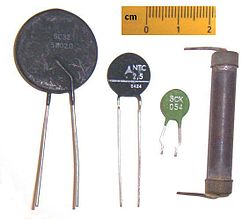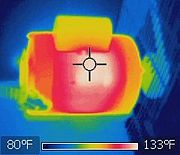This article includes a list of references, related reading, or external links, but its sources remain unclear because it lacks inline citations .(July 2020) |
Overheating is a phenomenon of rising temperatures in an electrical circuit. Overheating causes damage to the circuit components and can cause fire, explosion, and injury. Damage caused by overheating is usually irreversible; the only way to repair it is to replace some components.























